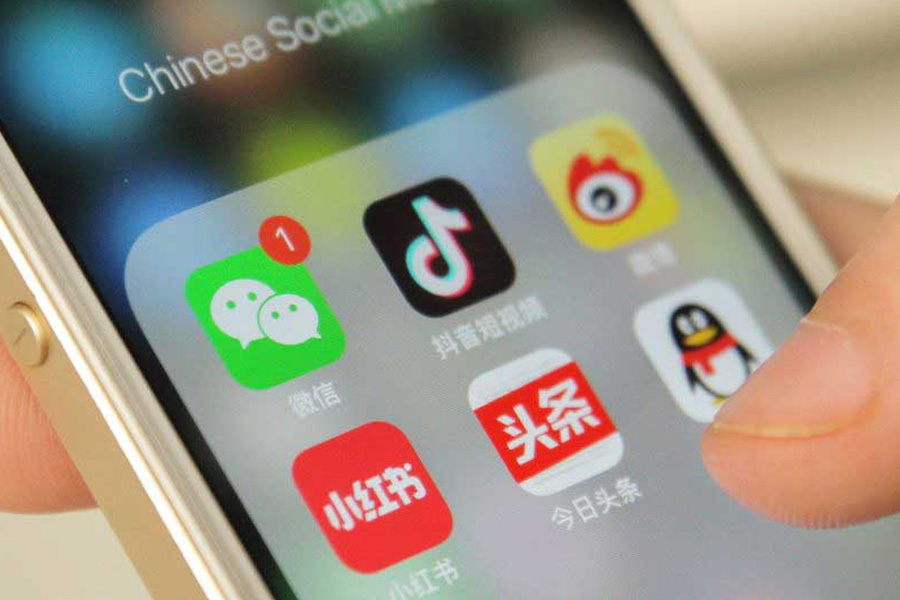
With regards to India, there are numerous disinformation on Chinese social media as to how India is moving away from its democratic credentials or how it seeks to turn the entire South Asian region into a Hindu region.
Author
Sriparna Pathak, Associate Professor, Jindal School of International Affairs, O.P. Jindal Global University, Sonipat, Haryana, India.
Summary
In the 21st century, battle lines become more complex as they now also use technology, as well as civilians as combatants in various types of cyber warfare. A recent report revealed a pro-Chinese political spam operation promoting a new and distinctive form of video content.
Modes of warfare have undergone several changes since the end of World War II. In the 21st century, battle lines become more complex as they now also use technology, as well as civilians as combatants in various types of cyber warfare. A recent report by the United States (US)-based social media analytics firm Graphika revealed a pro-Chinese political spam operation promoting a new and distinctive form of video content, which has been operating since 2019 on popular social media platforms like Facebook, Twitter, and YouTube.
The content, termed spamouflage uses Artificial Intelligence (AI)-generated videos of fictitious persons to create deceptive political content. Frequent content churned out are along the lines of US inaction over gun violence in the US, and great power cooperation between the US and China. The report terms these operations as State aligned and political.
This development is significant not only from the innovation in technology viewpoint but also due to the future possibilities of rampant dissemination of disinformation and influence operations in the social media space. The question that arises in this context is what could be the possible ramifications of politically divisive disinformation?
The 21st century is one in which social media connects almost everyone. Impressionable audiences form the civil society, which in democratic societies casts votes in favour or against political candidates in elections. Influencing the audiences against electoral candidates who may have an adversarial world view to certain countries that are churning out disinformation is a tool that is increasingly finding traction in the current world order.
China, which has made great strides in moving up the technology ladder as well as in AI often resorts to tools such as disinformation, spamouflage, usage of bots, usage of the digital stack and so on to create a narrative that is favourable to its world view.
Published in: Hindustan Times
To read the full article, please click here.


